-------- Forwarded Message --------
| Subject: | Abundance Insider: January 1 Edition |
|---|---|
| Date: | Fri, 1 Jan 2016 12:04:24 -0800 |
| From: | Peter Diamandis <peter@diamandis.com> |
| Reply-To: | peter@diamandis.com |
| To: | STeve <stevescott@techacq.com> |
In this week's Abundance Insider: Wall-crawling robots, salt-stuffed streets and touchable holograms.
Cheers,
Peter, Marissa, Cody, Maxx, Kelley and Greg
P.S. Send any tips to data@diamandis.com, and send your friends and family to this link to subscribe to Abundance Insider.
Disney's New Rolling Robot Climbs Walls Like a Gecko
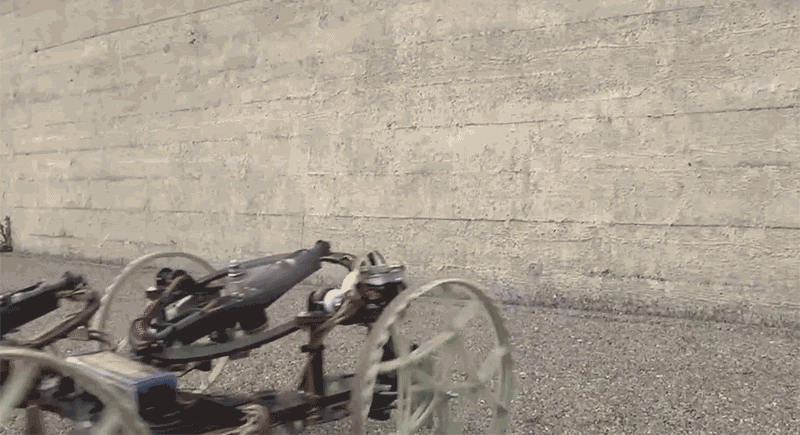
What it is: VertiGo, a four-wheeled robot created by Disney Research and ETH Zurich, can literally climb walls. The robot has a pair of steerable propellers, which generate thrust to keep the vehicle against the wall.
Why it's important: While you can imagine Disney has a consumer toy application in mind for this robot, the technology also has exciting implications for disaster relief, skyscraper repair and maintenance, and construction.
Spotted by Marissa Brassfield
Self-Driving Cars "Learn" Streets in Real Time
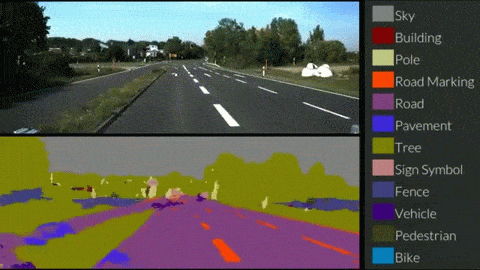
What it is: University of Cambridge researchers have created SegNet, a system that enables self-driving cars to "read" visual cues along a road, from signs and road markers to pedestrians and the sky. The machine learning system performs a Bayesian analysis of the various layers in an RGB image -- all without the use of wireless connectivity.
Why it's important: Instead of GPS, SegNet focuses on machine learning in 3D space. Once perfected, this system will help self-driving cars learn to navigate new territory faster and more accurately than humans can.
Spotted by Marissa Brassfield
New Evidence: Automation Is a Job Engine

What it is: Boston University School of Law researcher James Bessen studied government data on the impact of computer automation from 1980 through 2013 in 317 occupations and discovered that "employment grows significantly faster in occupations that use computers more."
Why it's important: Evidence that while automation removes some jobs -- largely those that are lower-level, dangerous, labor-intensive, repetitive and otherwise undesirable -- it creates more new jobs overall.
Spotted by Marissa Brassfield
Augmented Reality Comic Book is the Future of Storytelling

What it is: Modern Polaxis is a graphic novel that uses augmented reality (via a companion mobile app) to take its time-traveling science fiction plot off the page. The titular character Polaxis believes we're living in a holographic projection -- fitting, considering the medium used to enhance the comic.
Why it's important: Comic books have always pushed the boundaries of fiction and reality. Augmented reality is an ideal medium to show off the storytelling capabilities of VR and AR.
Spotted by Marissa Brassfield
Salt-Filled Asphalt Prevents Ice From Forming on Roads
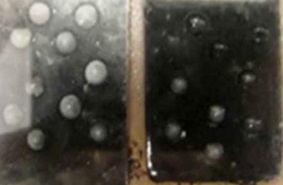
What it is: Koc University researchers have developed a salt-embedded mixture of asphalt that enables roads to fight ice formation and de-ice themselves. The compound contains salt potassium formate, an environmentally friendly solution that won't damage concrete like regular rock salt applications do.
Why it's important: Streets that won't ice over in cold, wintry conditions keep drivers safer and dramatically reduce the need for large salt trucks -- which in turn mitigates the damage that constant de-icing does to streets, the environment and surrounding vehicles.
Spotted by Marissa Brassfield
Holograms You Can Touch, Poke, and Push
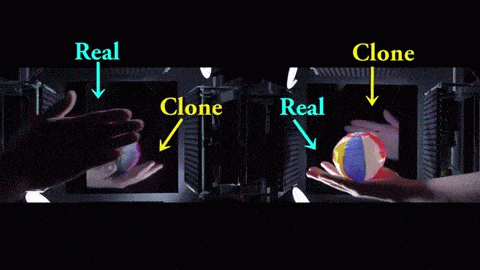
What it is: HaptoClone is an incredible new technology by a Japan-based research team that lets people touch objects and other people without being near them. It combines holograms with ultrasound energy to mimic the sensation of touch when users reach out toward an object.
Why it's important: Replicating our natural senses takes us one step closer to truly immersive virtual worlds. Imagine putting on your virtual reality headset and watching a live televised football game with a neighbor in another city, and being able to high-five each other's avatars -- and have it feel lifelike -- after touchdowns.
Spotted by Marissa Brassfield
Blockchain Project Lets You Share Data on Your Terms
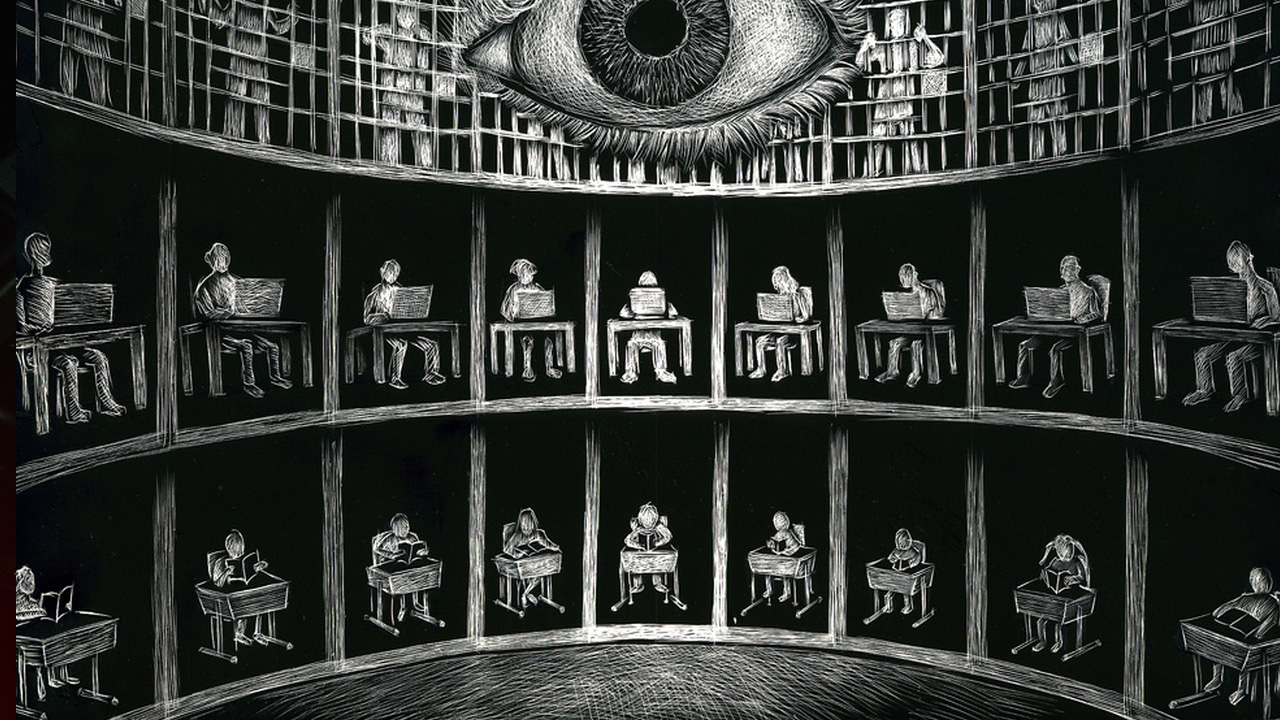
What it is: The Enigma project is a blockchain initiative from MIT that hopes to empower users to sell access to their data -- on their terms. As Fast Company describes, the marketplace would let individual users "sell the rights to use encrypted data in bulk computations and statistics without giving raw access to the underlying data itself." The key to its success is a cryptographic technique called secure multiparty computation, which splits data between servers but lets the nodes collaborate on authorized functions.
Why it's important: In addition to the revenue generation opportunity such a marketplace gives consumers, there's an even better benefit: the ability to reduce friction in corporate data use. (Just one example: Imagine applying for a bank loan without ever sharing your financial details with another human.)
Spotted by Marissa Brassfield
Inkjet-Printed Image Changes When You Rotate It
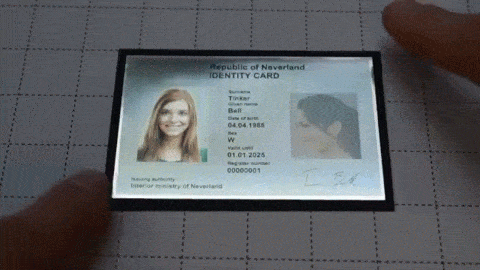
What it is: Most 2D images display the same image no matter how you rotate it. But Ecole Polytechnique fédérale de Lausanne (EPFL) researchers have developed a 2D inkjet printing technique that displays different colors on metal depending on its orientation and how it's manipulated. It displays one image when held straight and another when the image is rotated. As Digital Trends explains, "The team developed an algorithm that predicts the color pattern that will appear, which then serves as the core for printing software that allows the researcher to print on metallic sheets using a standard inkjet printer."
Why it's important: This technique could be a new security feature for identification cards, passports, paper currency and similar printed materials subject to counterfeit.
Spotted by Marissa Brassfield
Robotic Rescue Dog Pops Up After a Fall
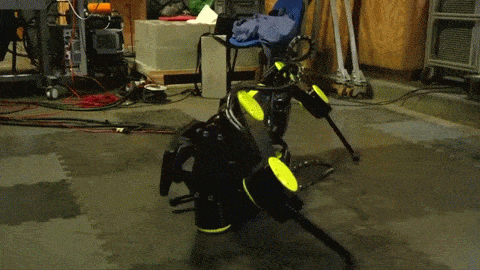
What it is: HyQ2Max is a disaster relief robot inspired by goals and other nimble animals, designed by the Italian Institute of Technology. Its legs are especially designed to navigate unpredictable environments: if it gets knocked down, it pops back up in seconds. With a body of aluminum alloy and fiberglass, the robot is lightweight and hides its valves, actuators, sensors and sensitive electronics within the unit itself.
Why it's important: Robots like HyQ2Max and Boston Dynamics' BigDog offer a promising near future for disaster relief in which the robots become the actual first responders -- assessing and surveying challenging terrain, reporting data, assigning GPS coordinates to casualties -- that help deploy human emergency workers faster and more effectively.
Spotted by Marissa Brassfield
What is Abundance Insider?
This email is a briefing of the week's most compelling, abundance-enabling tech developments, curated by Marissa Brassfield in preparation for Abundance 360. Read more about A360 below.
Want more conversations like this?
At Abundance 360, Peter's 250-person executive mastermind, we teach the metatrends, implications and unfair advantages for entrepreneurs enabled by breakthroughs like those featured above. The program is highly selective and we're almost full, but we're still looking for a few final CEOs and entrepreneurs who want to change the world. You can apply here.
Know someone who would benefit from getting Abundance Insider? Send them to this link to sign up.
PHD Ventures , 800 Corporate Pointe, Suite 350, Culver City, CA 90230

 | This email has been checked for viruses by Avast antivirus software. |
No comments:
Post a Comment